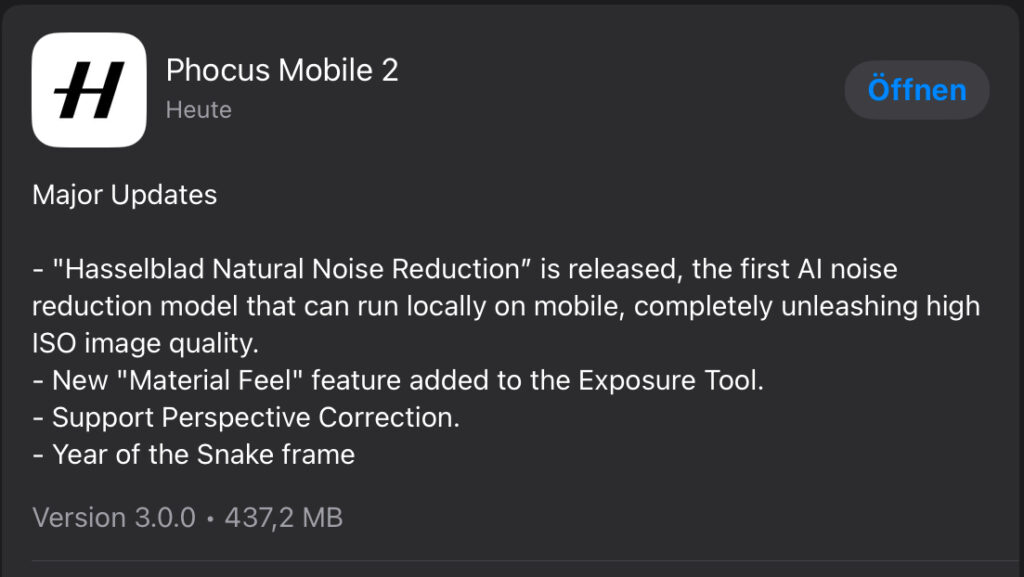
Not sure what “year of the Snake frame” is but besides that, Hasselblad a couple of days ago announced a new “AI” driven noise reduction feature for Phocus Mobile 2 software that runs on the iPhone. They are calling it “Hasselblad Natural Noise Reduction”. Touting that it’s the first AI noise reduction to run on Mobile. Sound great! Not so. Here is why.
So is the workflow, to bring the raw into Phocus Mobile from the camera, fix the noise then send it back to the camera? All of this being done in the field? On a phone? Using Wifi and draining battery life?
So you take 200 images in a shoot, 1/2 of them could benefit from this noise reduction. Are you going to manually import 100 image or more images into the phone, add this feature and then send the images back to the camera.
Surely no one is going to attempt to work on a 100MP file on a iPhone and do any serious work.
I see the clear advantage to the image quality, just can’t see working with Mobile to get there.
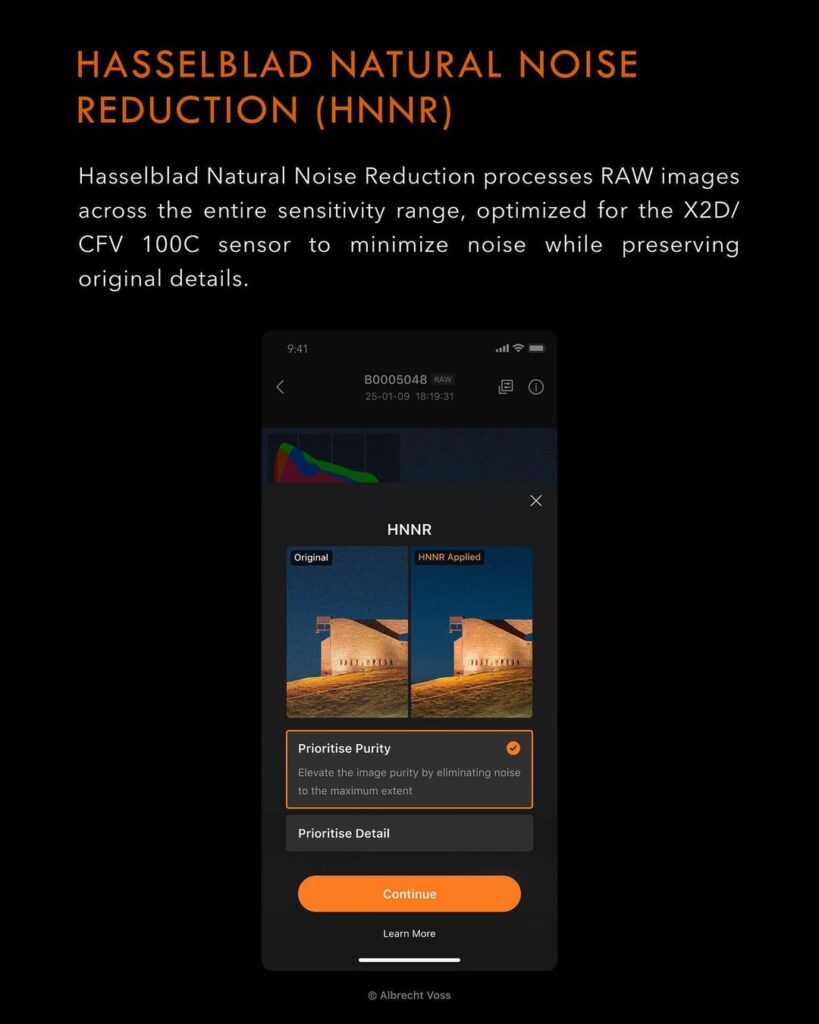
Sorry, I just don’t see any point in this. You are shooting a 100MP camera I hope for a reason. TO GET LARGE FILES THAT CAN BE USED IN PRINTED MEDIA OR OTHER LARGE FORMAT NEEDS. Are you seriously going to try to work on raw files on a iPhone, with a tiny screen, no color management, no keyboard, no ability to really see the entire image at 100%? Come on Hasselblad. Instead of working on the desktop version of Phocus and adding this feature, instead they bring it out to the iPhone. So I also assume that since it’s AI driven you have to have a mobile connection to the internet as most AI programs needs this. So working in the field this is another no go.
Personally I find this insulting. Hasselblad has a great camera in the X2D and the various lenses that you can purchase to work with the system. The camera does have an issue with noise mainly hot pixels when you are working in any ISO range from 800 and up. This comes into play when you are forced to push the exposure a bit as the camera can get very full of hot pixels. Phocus Desktop has no solution for this, forcing you to export out of focus and using a noise reduction tool like Topaz. I would much rather be removing the noise at the raw level. Lr allows this with their “Denoise” setting, however Lr doesn’t allow for the best overall color from the X2D.
Phocus is broken anyway, it’s old and slow. The interface is terrible and it’s extremely hard to work through 1 image without getting the Mac spinning wheel of death. Even with it’s current set of warts, Phocus is still the best way to get color from the X2D and it would be most fitting if Hasselblad was able to add an AI Noise reduction to the Phocus Desktop version
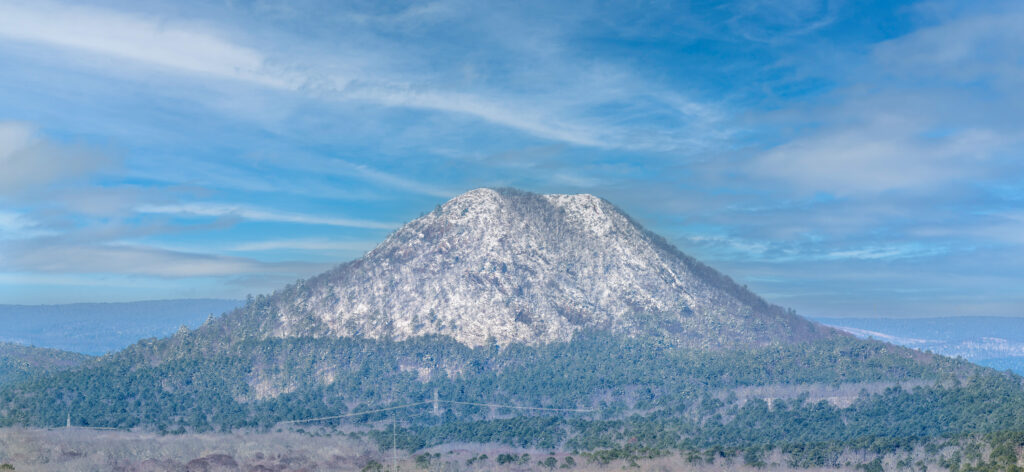
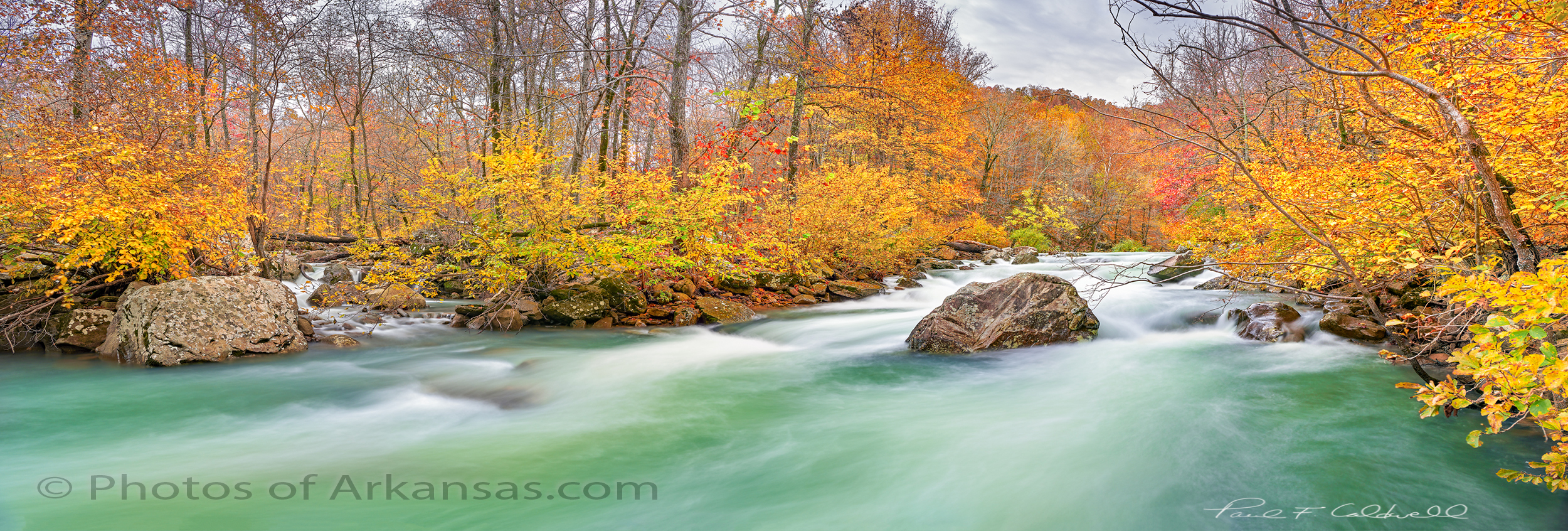
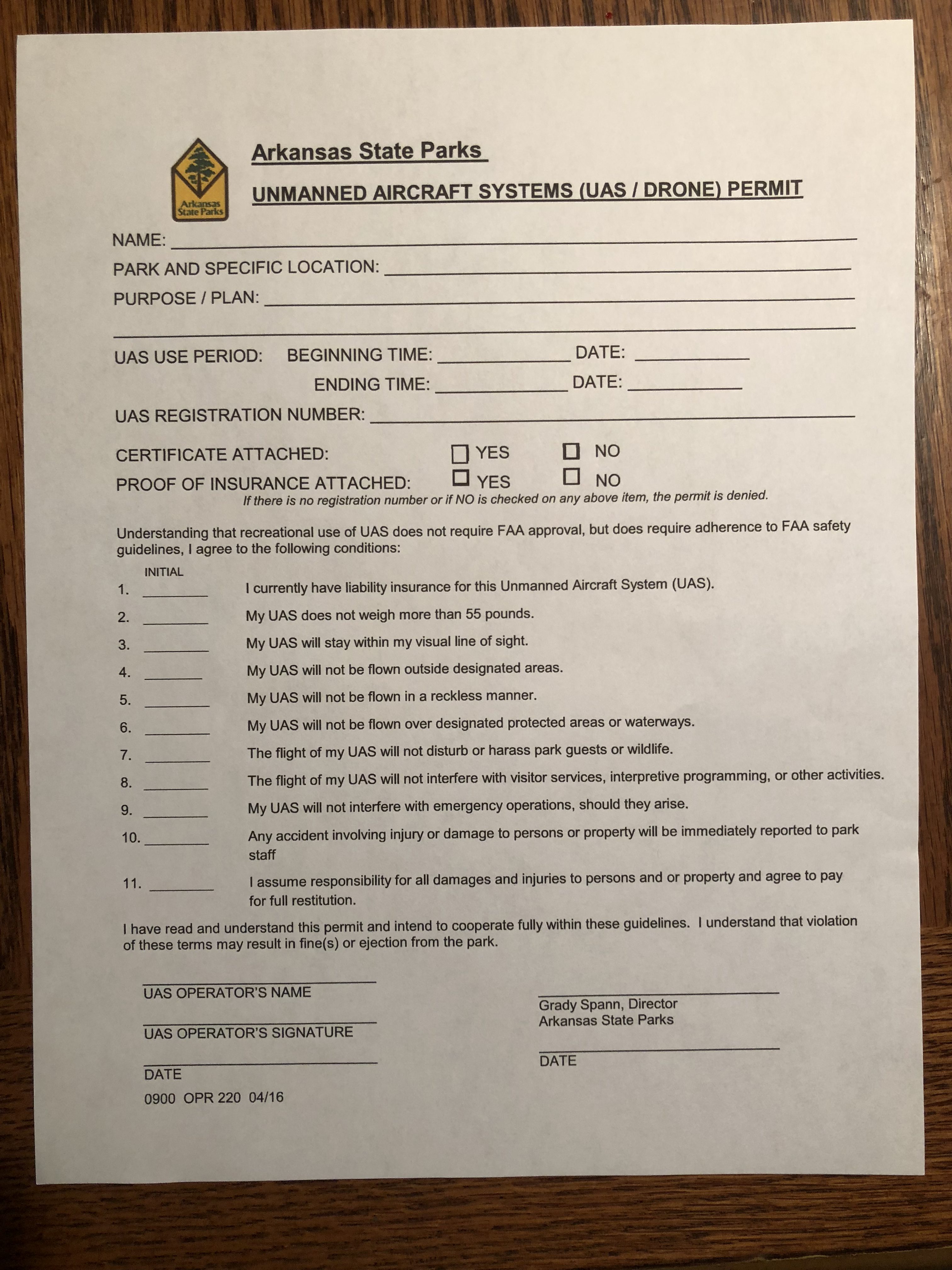
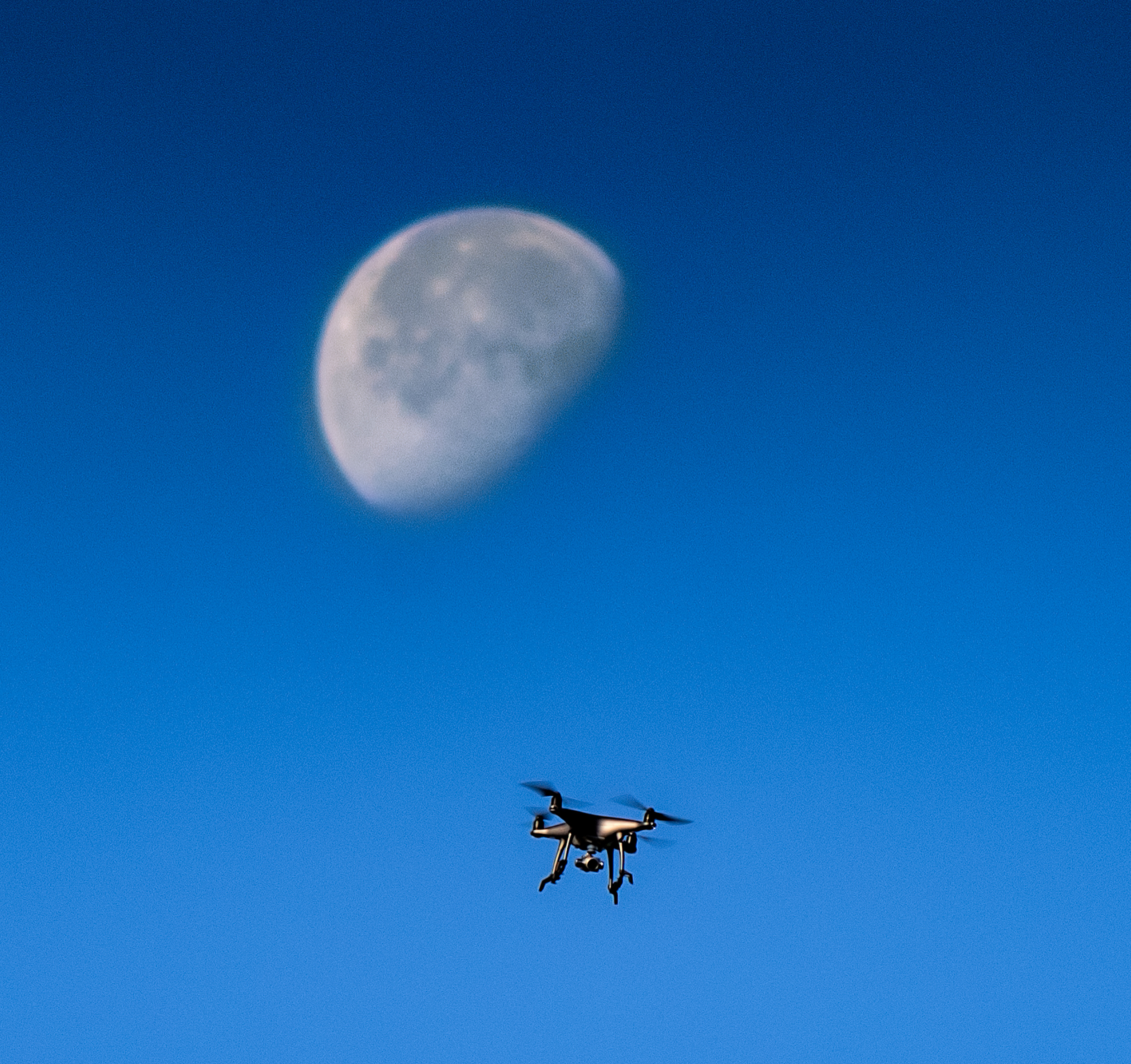
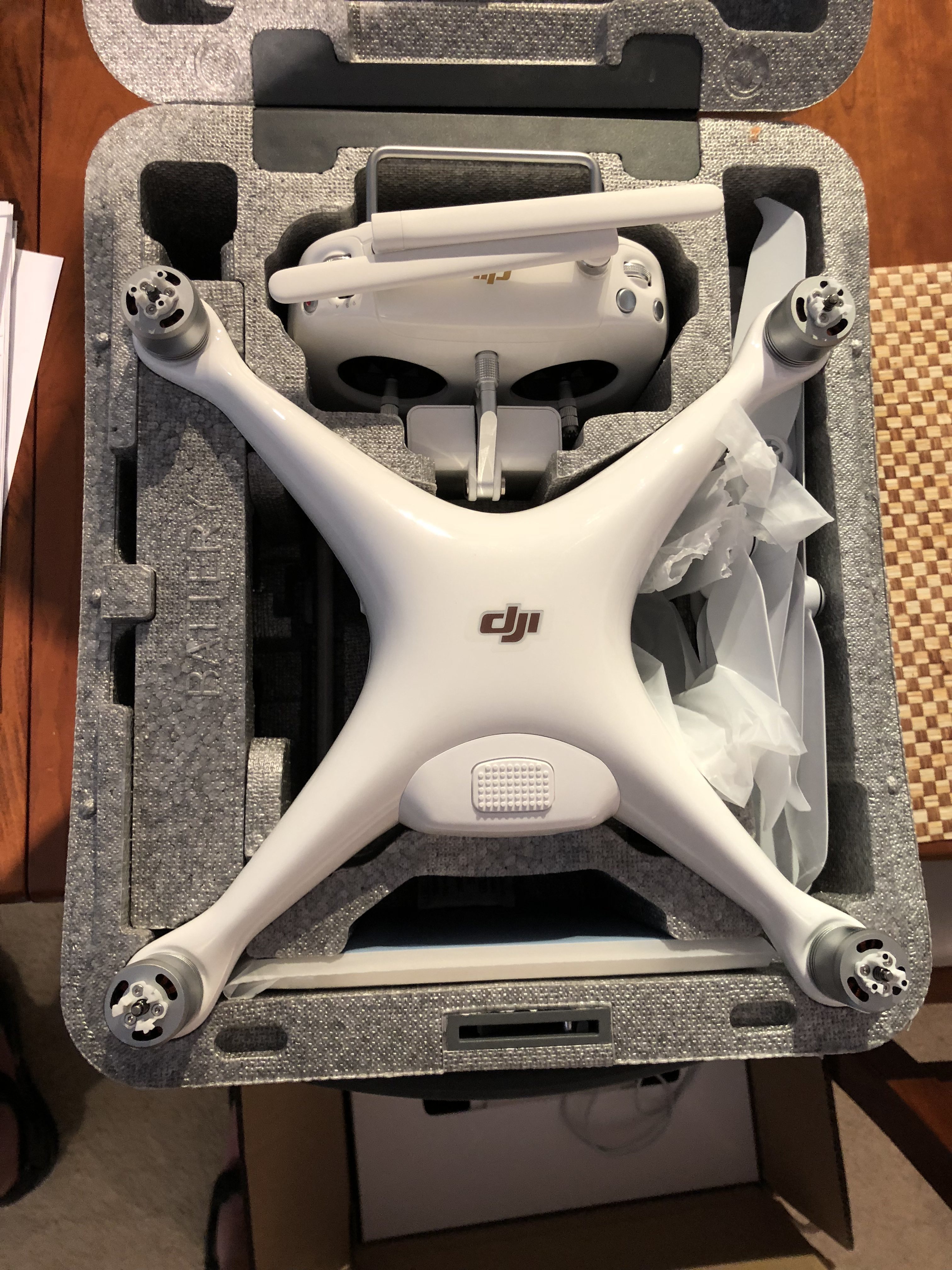
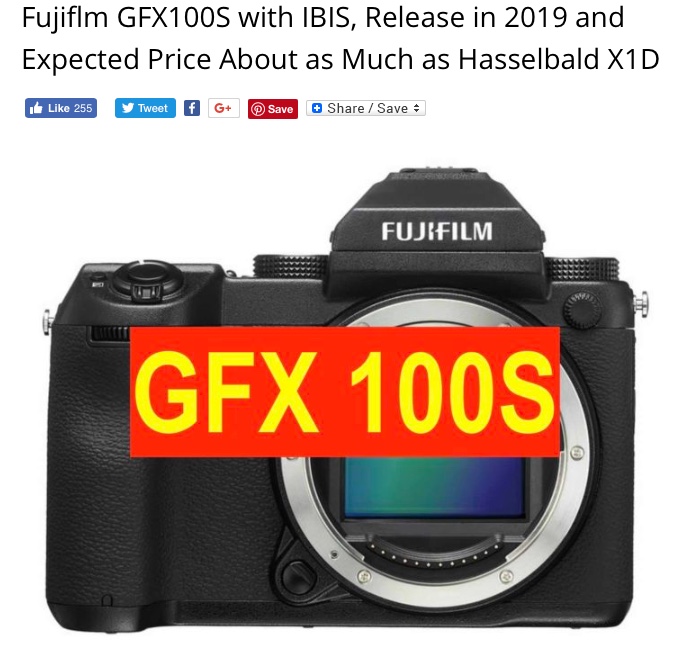
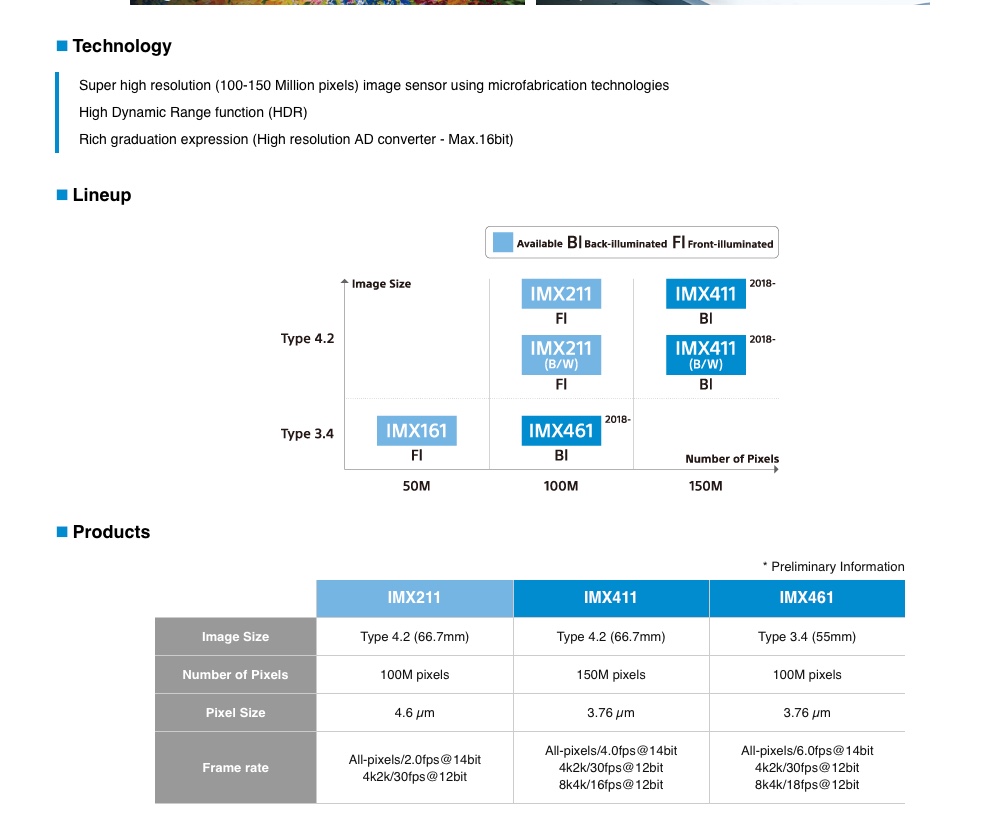
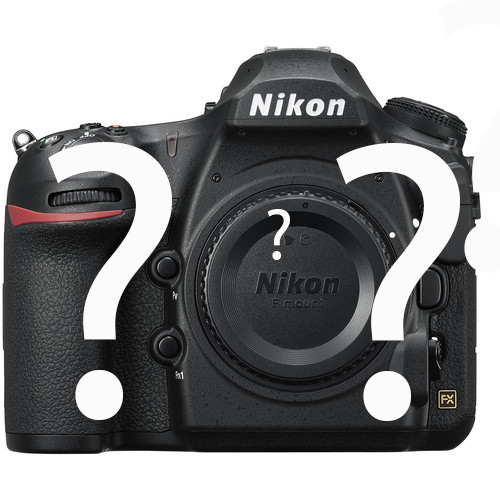
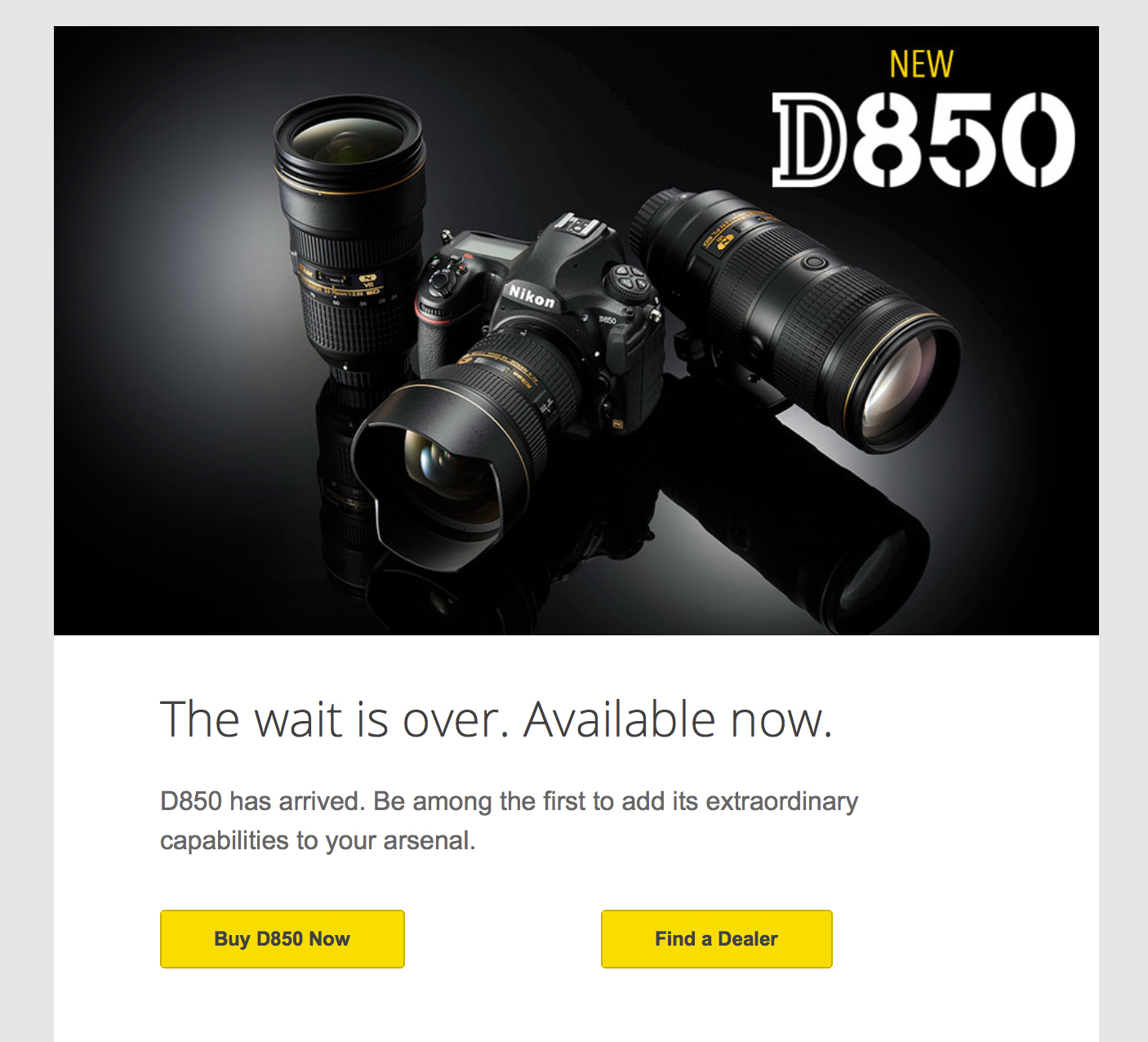

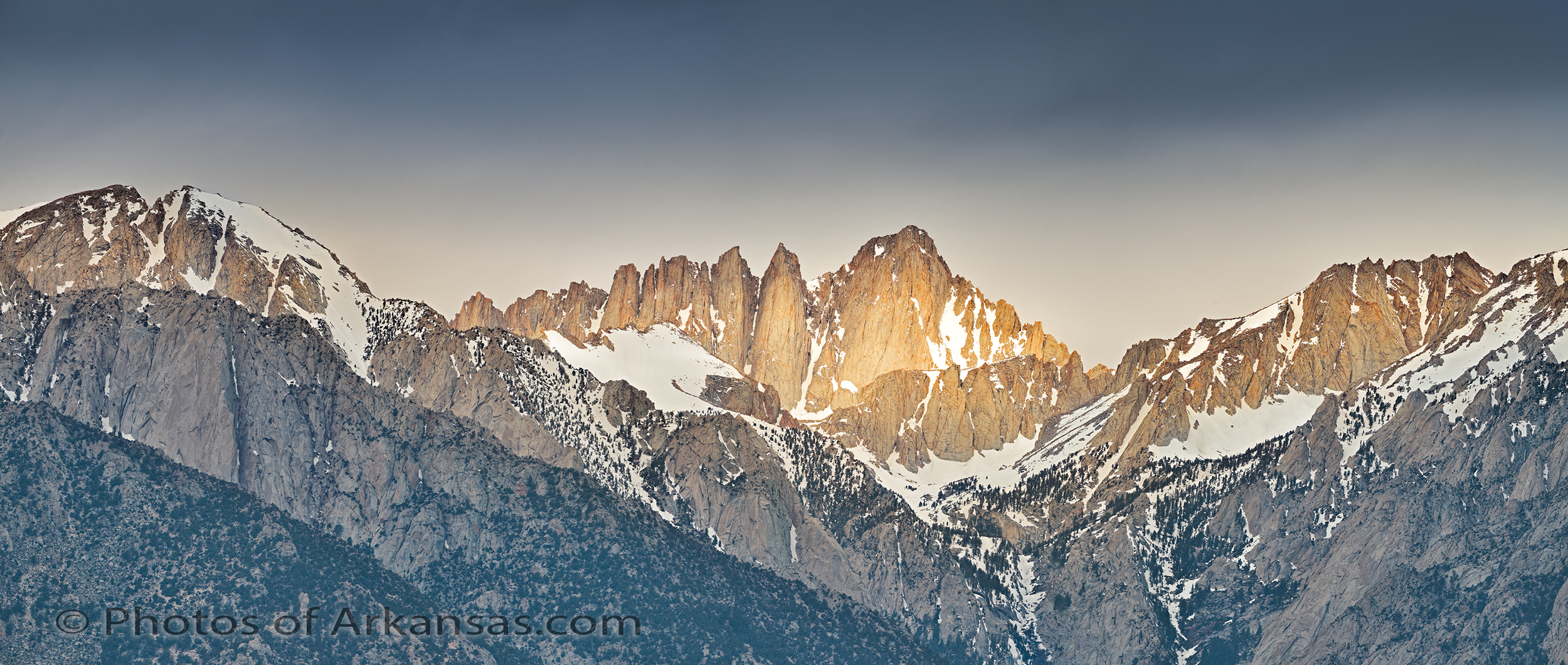



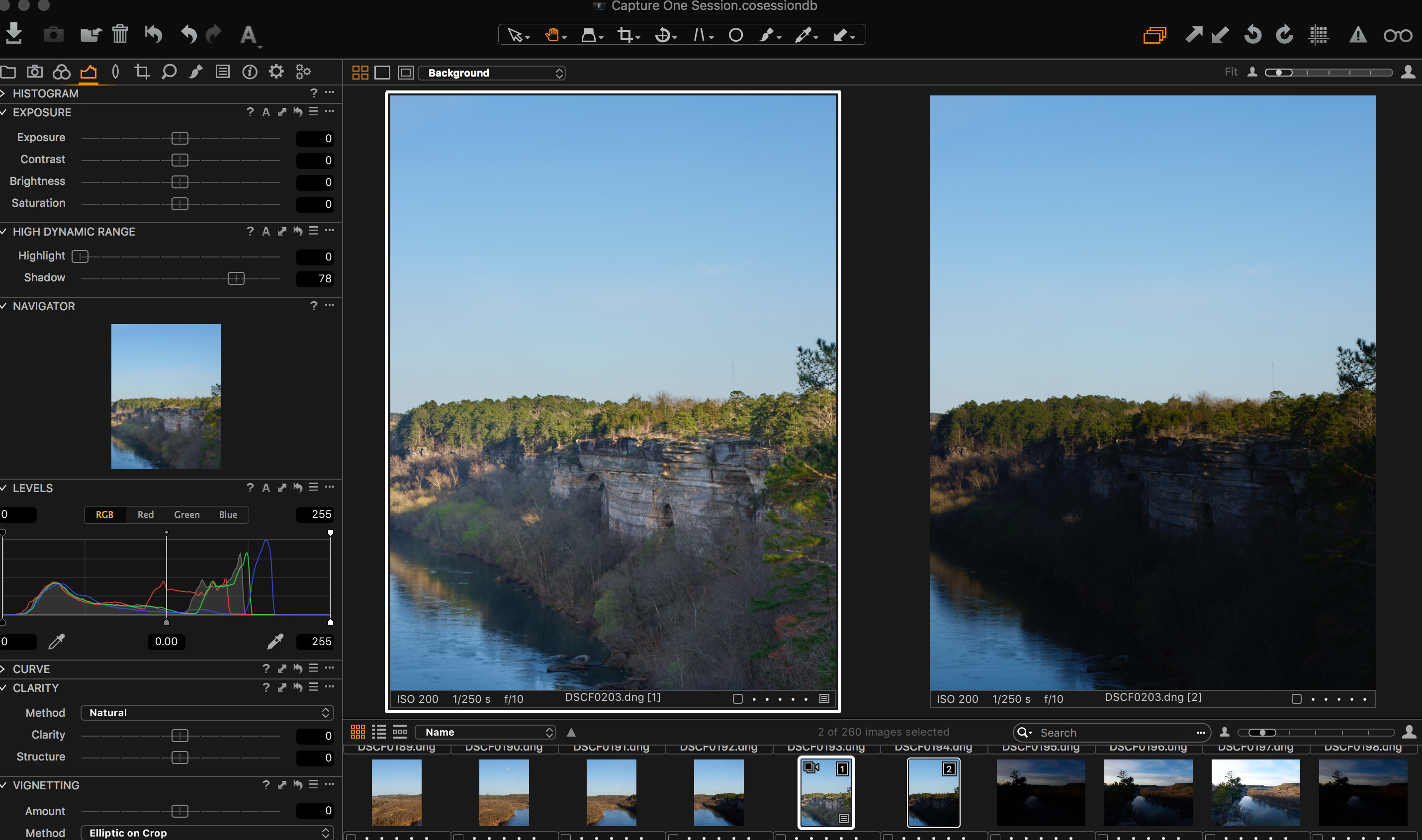
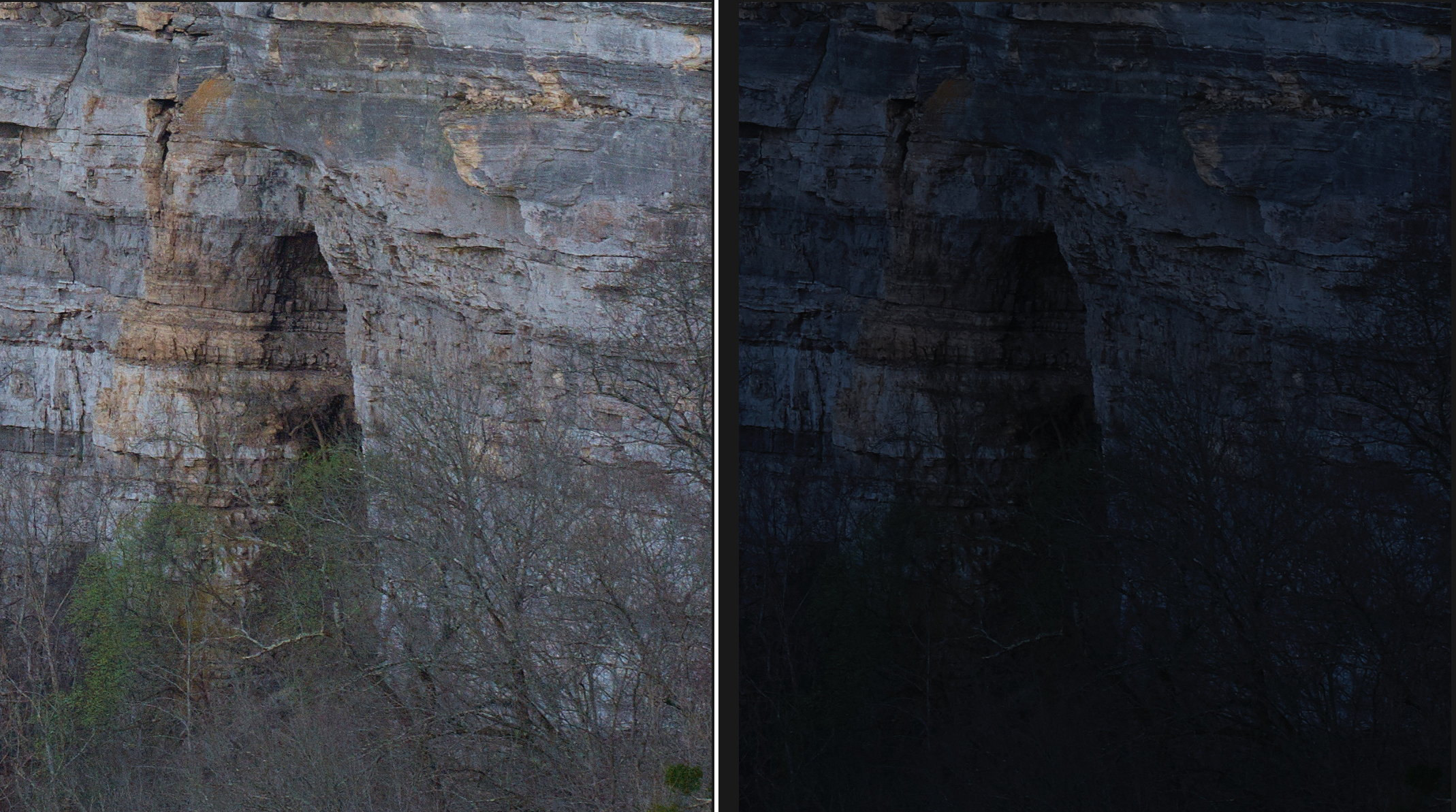
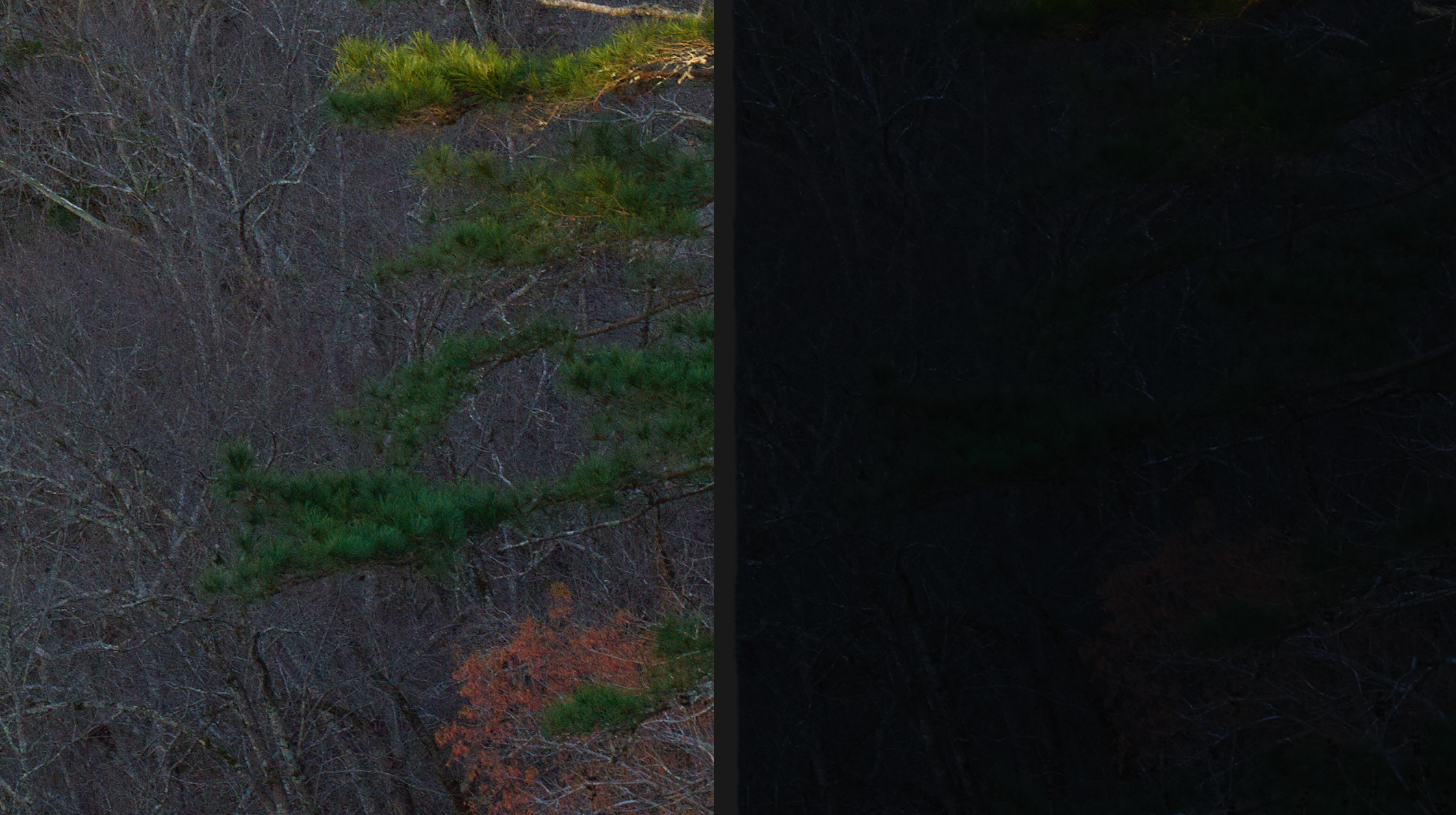
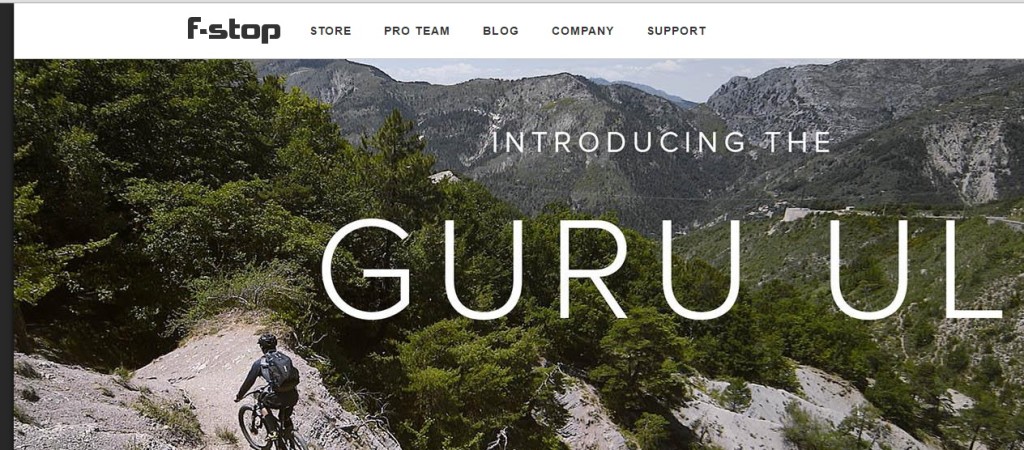
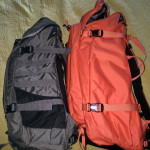
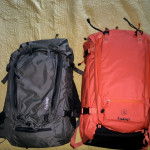
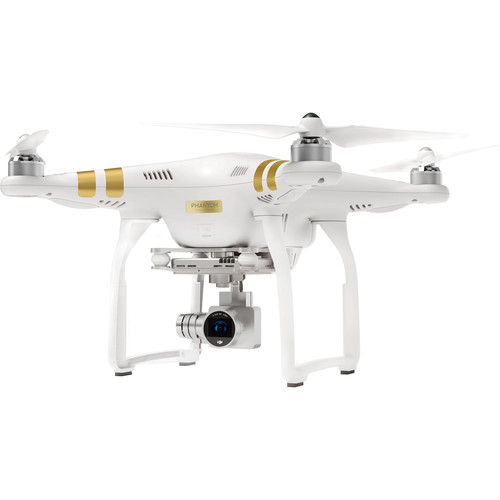
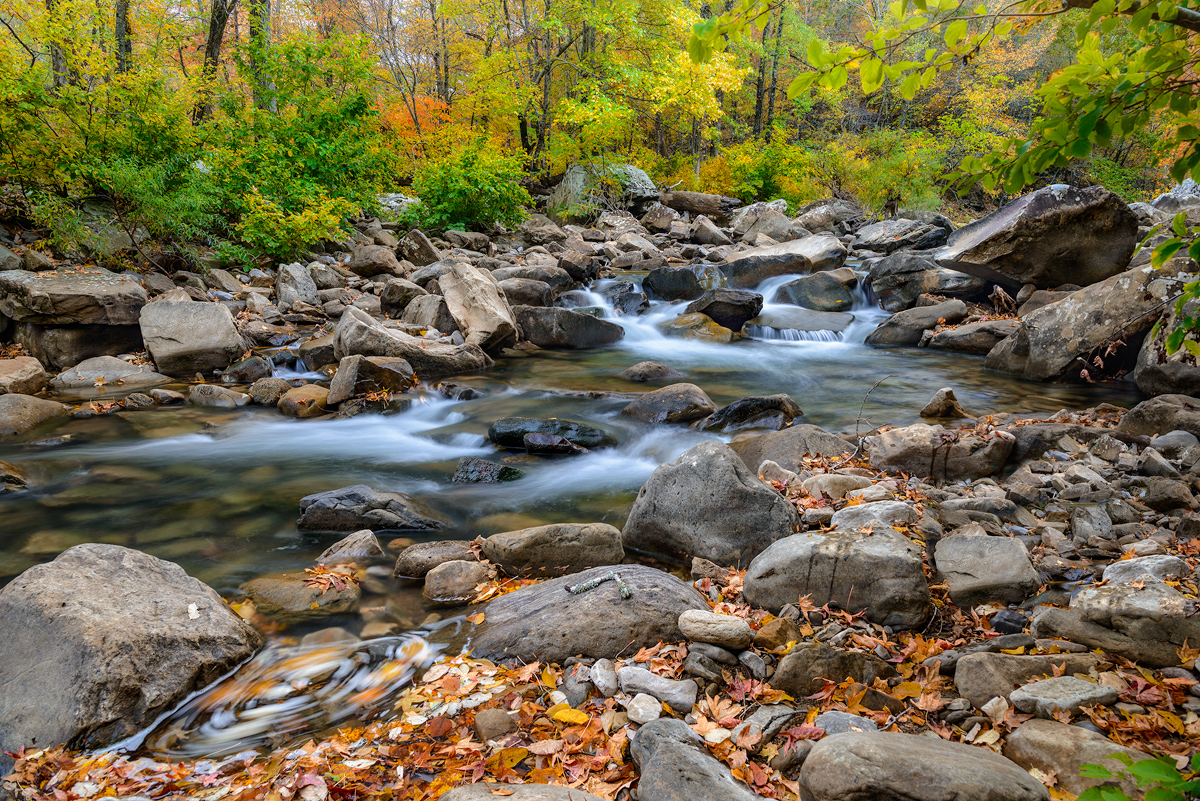
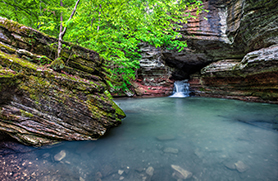
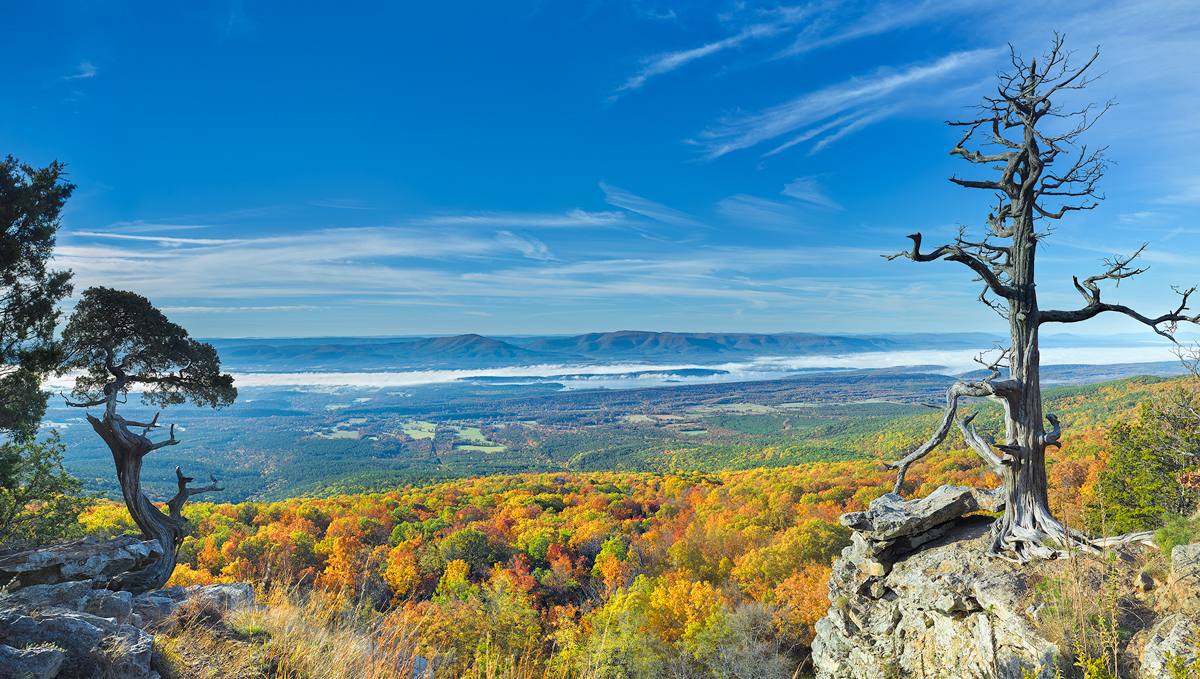
Recent Comments